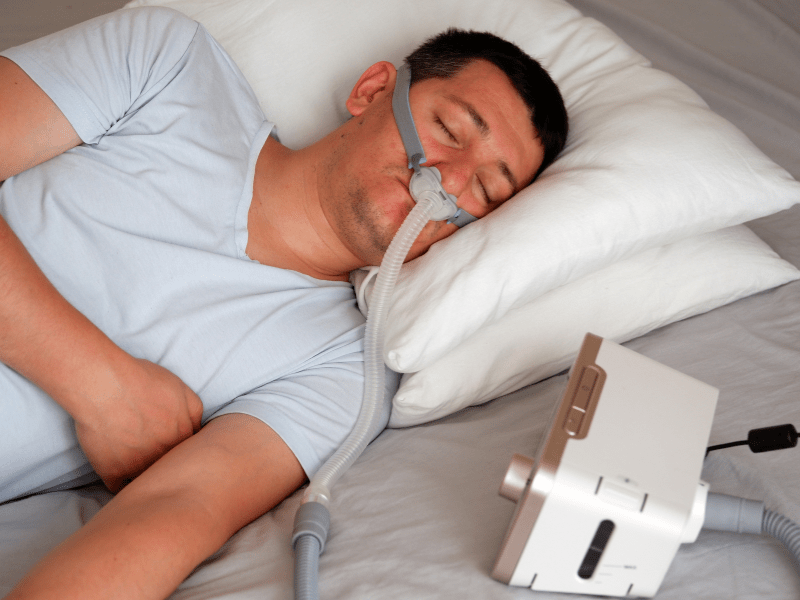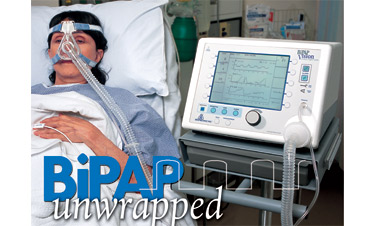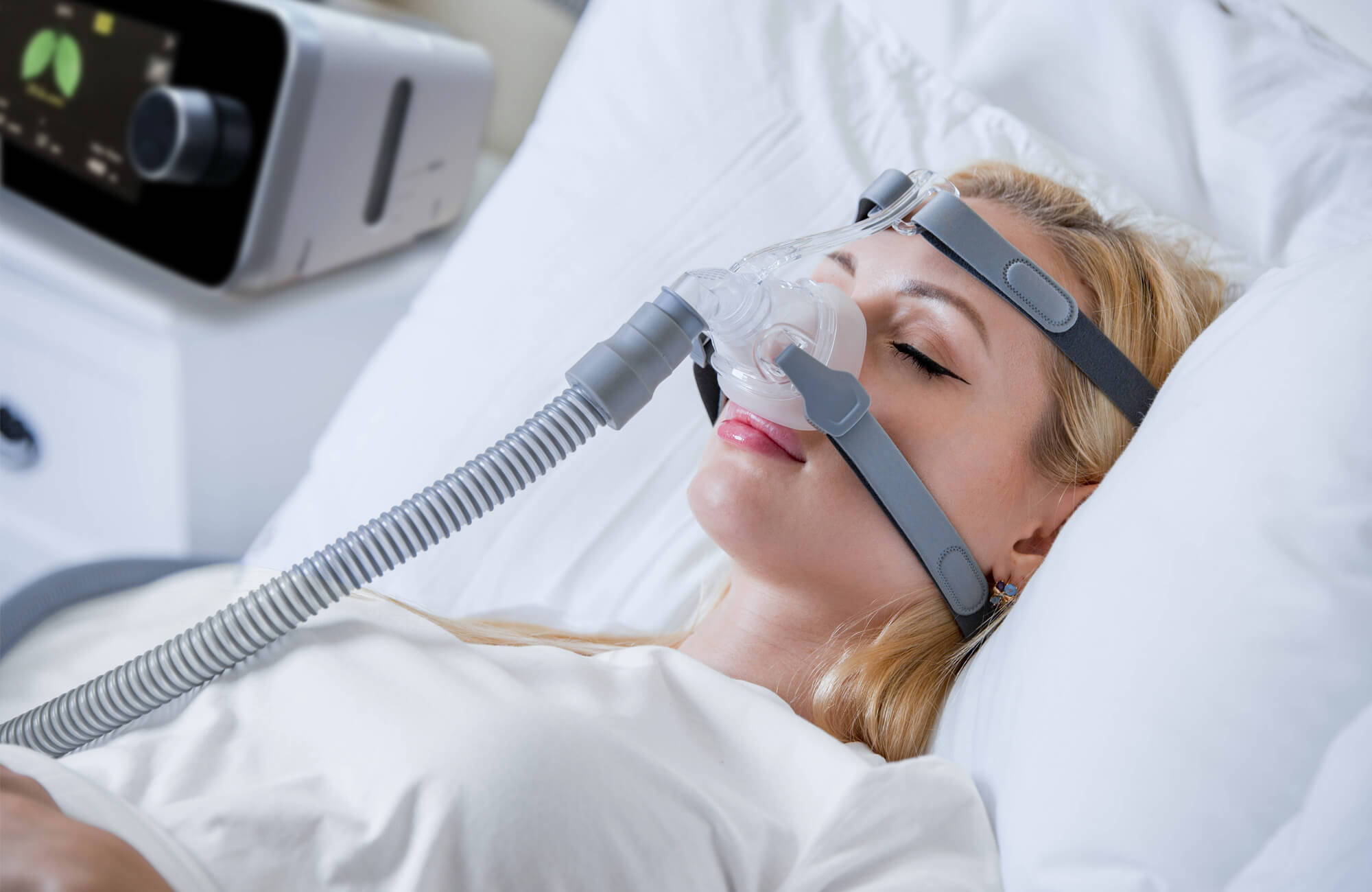Personalized Strategies Readily Available for BiPAP Rental Solutions
Personalized Strategies Readily Available for BiPAP Rental Solutions
Blog Article
Bipap vs. CPAP: Which Is the Finest for Your Sleep Condition?
When navigating the complexities of sleep disorders, the option between BiPAP and CPAP therapy is a vital consideration. Each modality provides distinct benefits tailored to specific conditions, yet the decision rests on private patient requirements and comfort degrees. While CPAP gives a stable airflow appropriate for obstructive rest apnea, BiPAP's double stress settings may boost comfort for those with more detailed respiratory issues. Comprehending these distinctions can substantially influence treatment effectiveness, leaving one to contemplate which option really aligns with their wellness needs and way of living.
Recognizing Rest Disorders
Sleep problems encompass a series of conditions that interrupt regular rest patterns, impacting both the quality and period of remainder. These disorders can show up in numerous kinds, including sleeping disorders, sleep apnea, narcolepsy, agitated leg syndrome, and parasomnias. Each problem provides unique challenges, commonly leading to significant daytime fatigue, cognitive impairment, and emotional disruptions.
Sleeping disorders is characterized by problem falling or remaining asleep, while sleep apnea includes duplicated interruptions in breathing during rest, typically leading to fragmented remainder. Narcolepsy, on the other hand, is noted by too much daytime sleepiness and abrupt rest assaults. Troubled leg disorder causes awkward feelings in the legs, prompting an unmanageable desire to relocate them, which can additionally impede the capability to drop off to sleep.
The impact of sleep conditions expands beyond private health, affecting general productivity, relationships, and lifestyle. Comprehending the particular nature of each condition is important for reliable diagnosis and treatment. As sleep health and wellness ends up being significantly recognized as an important element of overall wellness, dealing with these disorders is necessary for enhancing both sleep top quality and daily functioning.
Just How CPAP Works
Continual Positive Air Passage Pressure (CPAP) therapy is often employed as a main therapy for obstructive rest apnea (OSA) The mechanism of CPAP includes using a machine that delivers a consistent stream of air via a mask put on during sleep. This airflow keeps favorable pressure in the respiratory tract, protecting against the collapse or blockage of the throat that can take place during rest.
When an individual inhales, the CPAP equipment supplies a continuous circulation of air, making sure that the airway remains open - BiPAP Rental. This not only eases the signs of OSA, such as snoring and interfered with rest patterns, however also lowers the connected wellness risks, consisting of cardio complications and daytime tiredness
The pressure setups on a CPAP maker can be customized to meet individual person demands, typically determined with a sleep research. People typically undergo titration research studies to locate the optimum pressure degree for their unique condition. Regular follow-up and adjustments may be required to ensure efficiency and comfort. In general, CPAP treatment has actually been revealed to substantially boost the top quality of sleep and overall health and wellness for individuals struggling with obstructive rest apnea.
How BiPAP Works
BiPAP, or Bilevel Positive Airway Stress, is a specific kind of non-invasive ventilation that is especially helpful for patients with conditions such as complicated rest apnea or respiratory system conditions. Unlike CPAP, which delivers a continual stream of air at a single pressure, BiPAP offers two unique pressure settings: visit the website a higher inspiratory stress for inhalation and a lower expiratory stress for exhalation. This dual-pressure strategy permits simpler breathing, minimizing the effort called for throughout exhalation.
The gadget operates through a mask fitted over the nose or mouth, linked to a maker that produces atmospheric pressure. When the client breathes in, the maker provides the higher pressure to aid with Recommended Site air flow, making sure that the airway remains open. Upon exhalation, the equipment immediately decreases the stress, making it extra comfortable for the patient to take a breath out.

Key Differences Between BiPAP and CPAP

In comparison, BiPAP (Bilevel Favorable Airway Pressure) supplies 2 different pressure setups: one for breathing and a reduced one for exhalation. This dual pressure system permits even more comfy breathing, particularly for individuals that deal with exhaling against a continual stress. BiPAP is typically advised for patients with complex sleep apnea, persistent obstructive lung disease (COPD), or those who need added assistance throughout sleep.
Furthermore, the intricacy of BiPAP gadgets commonly leads to a greater expense and requires much more mindful titration than CPAP. BiPAP Rental. Understanding these key distinctions can aid in acknowledging which gadget may be preferable for certain sleep conditions, establishing the foundation for informed therapy choices
Choosing the Right Therapy
The decision between BiPAP and CPAP treatment primarily hinges on the details characteristics of the sleep disorder, the person's total wellness, and their convenience with the device. CPAP, which supplies a continual stream of air, is typically recommended you read recommended for obstructive sleep apnea (OSA)
Alternatively, BiPAP offers two degrees of pressure: one for inhalation and a lower one for exhalation. This twin pressure system is beneficial for individuals with complex rest apnea or those who experience problem exhaling against a continuous pressure. Furthermore, BiPAP is usually advised for people with respiratory problems, such as persistent obstructive lung condition (COPD), where varying stress settings can improve comfort and conformity.
Eventually, a detailed examination by a sleep expert, consisting of a sleep study, can assist determine which treatment straightens finest with the patient's requirements. Factors such as convenience, simplicity of usage, and details clinical conditions need to likewise be thought about to optimize therapy outcomes.
Final Thought
In recap, both BiPAP and CPAP offer distinctive objectives in the management of sleep disorders. CPAP works for obstructive sleep apnea with constant air flow, while BiPAP uses twin stress setups that boost convenience for those with intricate rest apnea or respiratory system concerns. The selection in between these treatments must be led by specific demands and problems, demanding a thorough evaluation by a sleep specialist to ensure optimal therapy end results and boosted high quality of sleep.

In general, CPAP treatment has actually been shown to considerably enhance the high quality of rest and total health for individuals experiencing from obstructive rest apnea.
BiPAP is usually recommended for clients with complicated rest apnea, persistent obstructive lung condition (COPD), or those that require additional support during sleep.
CPAP is efficient for obstructive sleep apnea with constant air flow, while BiPAP uses twin stress setups that boost convenience for those with intricate rest apnea or respiratory system issues.
Report this page